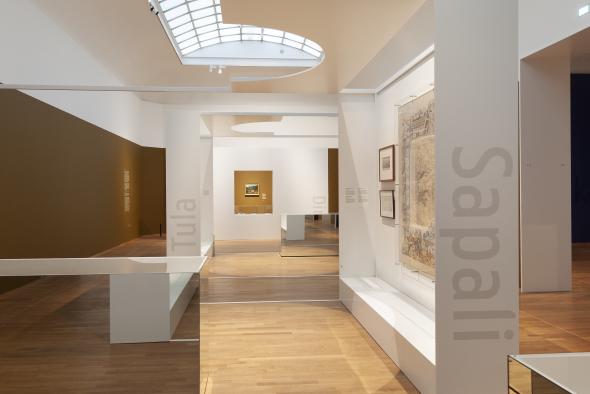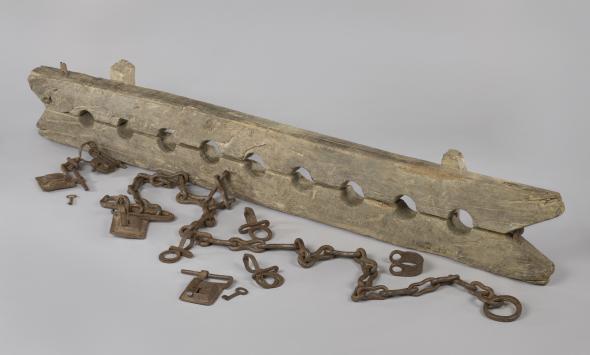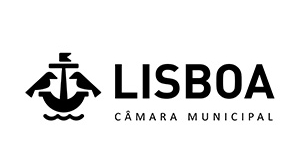SLAVERY — Ten true stories
Rijksmuseum, the national museum of arts and history of the Netherlands, will stage its first ever major exhibition dedicated to the subject of slavery this spring. Slavery is inextricably bound up with Dutch history. It is the first time stories of slave trade across the Atlantic and the Indian Oceans are told together in one exhibition in the Netherlands.
The Slavery exhibition presents ten true stories. Ten personal stories about enslaved people and slave owners, people who resisted, and people who were brought to the Netherlands in slavery. What were their lives like? What was their attitude to the system of slavery? Were they able to make their own decisions?
 Slavery exhibition, Photo Rijksmuseum
Slavery exhibition, Photo Rijksmuseum
The exhibition will include objects from national and international museums, archives and private collections like the Nationaal Museum voor Wereldculturen, British Museum, National Gallery of Denmark, Iziko Museums of South Africa, St Eustatius Historical Foundation, National Archeological Antropological Memory Management (NAAM) in Curaçao, the National Archives of South Africa, Indonesia and the Netherlands and private collections in Sint Eustatius, Suriname, the Netherlands.
Valika Smeulders, head of History Rijksmuseum: By focusing on ten true personal stories, ‘Slavery’ gives an insight into how individuals dealt with legalized injustice.
Taco Dibbits, General Director Rijksmuseum: The Rijksmuseum is the national museum of art and history. Slavery is an integral part of our history. By delving into it, we can form a more complete picture of our history and a better understanding of today’s society.
Ten true stories
During the 250-year colonial period, people were made into property and objects to be recorded in accounts. The exhibition highlights the lives of ten people who lived at the time. They each tell their own story: about living in slavery or taking advantage of it, about resistance and – ultimately – freedom.
They include enslaved people and slaveholders, as well as individuals who broke the shackles of slavery, an African servant in the Netherlands, and an Amsterdam sugar industrialist. An audio tour leads visitors through these widely differing lives. Among the narrators are Joy Delima, Remy Bonjasky and Anastacia Larmonie, who each have a connection with one of the ten people through their own background.
The exhibition includes objects, paintings and unique archival documents, and visitors will hear oral sources, poems and music. To tell a more complete story, there will be exhibits that have never been shown in the Rijksmuseum before, such as objects that were cherished by people in slavery, and tools that were used on plantations.
Once visitors have seen the exhibition, artists David Bade and Tirzo Martha from Instituto Buena Bista in Curaçao invites visitors to process their impressions in new, own artworks, entitled Look at me now.
 Tronco (Multiple Foot Stocks) for the constraining enslaved people, c. 1600–1800. Rijksmuseum, gift from Mr J.W. de Keijzer, Gouda
Tronco (Multiple Foot Stocks) for the constraining enslaved people, c. 1600–1800. Rijksmuseum, gift from Mr J.W. de Keijzer, Gouda
The Dutch colonial period on four continents
The exhibition spans the Dutch colonial period from the 17th to the 19th century. It features the trans-Atlantic slavery in Suriname, Brazil and the Caribbean, and the part played by the Dutch West India Company (WIC); and Dutch colonial slavery in South Africa and Asia, where the Dutch East India Company (VOC) operated. The effects of the system in the Netherlands during the period are also highlighted. As a whole it offers a geographically broad and at the same time specifically Dutch view which has never been seen before in a national museum.
Look at me now
The stories in the exhibition – about João, Wally, Oopjen, Paulus, Dirk, Lokhay, Van Bengalen, Surapati, Sapali and Tula – stand for millions of other stories about the slavery past of the Netherlands, and its continued effects. At the end of the exhibition, the artists David Bade (Curacao, 1970) and Tirzo Martha (Curacao, 1965), both from Curacao’s Instituto Buena Bista, invite visitors to give expression to their own stories through the ten new artworks making up the Look at Me Now project.
Visitors can follow the progress of this project via the website.
Collaboration
The exhibition and accompanying events and activities are the result of collaboration with a wide variety of external experts, including historians, heritage experts, cultural entrepreneurs, artists, theatre practitioners and performers.
Narrative advisor
Jörgen Tjon A Fong
Think tank
Reggie Baay, Raul Balai, Aspha Bijnaar, Mitchell Esajas, Karwan Fatah-Black, Martine Gosselink, Dienke Hondius, Wayne Modest, Ellen Neslo, Matthias van Rossum, Maurice San A Jong, Alex van Stipriaan, Jennifer Tosch, Urwin Vyent, Simone Zeefuik and Suze Zijlstra
Online exhibition
The Rijksmuseum is also presenting the ten stories in an online exhibition that features video and audio clips, animations, an overview of the exhibition galleries, and objects that can be viewed in exceptional detail. Visitors to the website will be able to see the Slavery exhibition in ten episodes, whenever and wherever it suits them.
Rijksmuseum & Slavery
For the coming year, more than 70 objects in the permanent collection will have a second museum label that explores and highlights what has been, until now, an invisible relationship between the object and slavery. Subjects covered range from former rulers to the presence of people of colour and the way they are portrayed. &Slavery is taking place concurrentlxy with the Slavery exhibition, but it is not part of the exhibition.
Audio tour
The audio tour is an integral part of the exhibition and is offered free of charge. There is a special interactive audio tour for children.
Accompanying book
The Rijksmuseum and Atlas Contact Publishers are jointly publishing Slavery, a richly illustrated book describing the lives of ten people who were part of the Dutch colonial history of enslavement. Authors: Eveline Sint Nicolaas, Valika Smeulders et al. Available in the Rijksmuseum shop and in bookshops.
Exhibition design
The exhibition design is by AFARAI, the agency led by architect Afaina de Jong.
The graphic design of the exhibition and the book are by Irma Boom Office.
Symposium
The Rijksmuseum partnered with the National Library of the Netherlands and the National Archive of the Netherlands to present an English-language online symposium on 23 April 2021, focusing on what it means to increase inclusivity in source usage by museums, archives and libraries. What sources are available to people making presentations and conducting research on the subjects of slavery and the slave trade? Click here to view the symposium.
Benefactors
The Slavery exhibition is made possible in part by the Mondriaan Fund, Blockbuster Fund, Fonds 21, DutchCulture, Democracy & Media Foundation, Stichting Thurkowfonds, ThiemeMeulenhoff, Boomerang Agency and via the Rijksmuseum Fonds: Scato Gockinga Fonds, Fonds de Zuidroute, Zusjes Nieuwbeerta Fonds, Fonds Dirk Jan van Orden, Henry M. Holterman Fonds and Bestuursfonds Hollandse Meesters.
